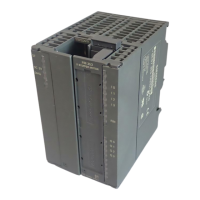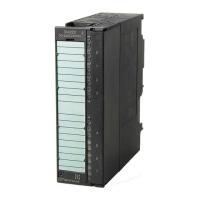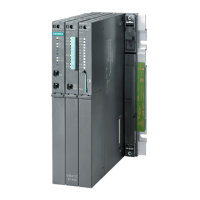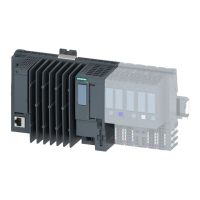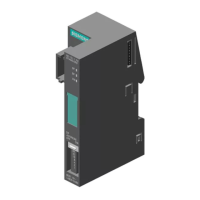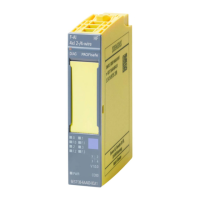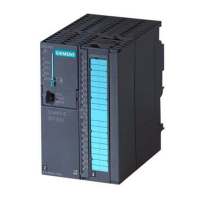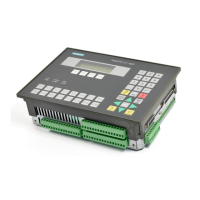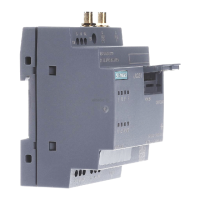9
9-9
FM 351 Positioning Function Module
EWA 4NEB 720 6001-02
9.4 Possibilities for the Seek-Reference-Point Mode
With a seek-reference-point traverse there are five different cases which are
dependent:
On the position of the drive on starting a seek-reference-point traverse.
On the parameterized start direction.
On the parameterized position of the zero mark for the reference-point
switch.
Please take note of the following table.
Table 9-4 All Possibilities for a Seek-Reference-Point Mode
Conditions for the Seek-Reference-Point Mode Sequence of the Seek-Reference-Point Mode
On reaching the reference-point switch, the traverse
direction is identical to the position of the zero mark from
the reference-point switch:
Current traverse direction on reaching the reference-
point switch is positive.
Position of the zero mark from the reference-point
switch is parameterized positively.
Start position of the seek-reference-point traverse is
more negative than the reference-point switch.
Start direction is positive.
v
rapid
v
creep
REF
SYNC
N
On reaching the reference-point switch, the traverse
direction is not equal to the position of the zero mark
from the reference-point switch:
Current traverse direction on reaching the reference-
point switch is positive.
Position of the zero mark from the reference-point
switch is parameterized negatively.
Start position of the seek-reference-point traverse is
more negative than the reference-point switch.
Start direction is positive.
R
v
rapid
v
creep
REF
SYNC
N
The drive is positioned at the reverse switch:
Position of the zero mark from the reference-point
switch is parameterized positively.
Start position of the seek-reference-point traverse is
at the reverse switch.
The reverse switch is more positive than the refer-
ence-point switch.
Start direction must be parameterized positively.
R
REF
RS
-v
rapid
v
creep
SYNC
-v
creep
Z
Seek-Reference-
Point Traverse in
Dependence of the
Start Position
Operating Modes and Settings
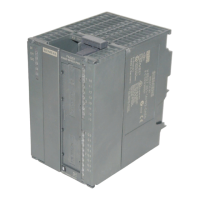
